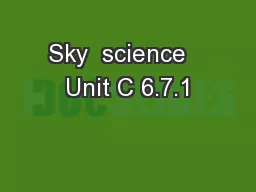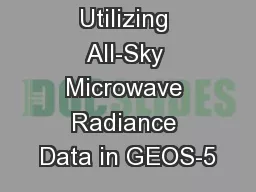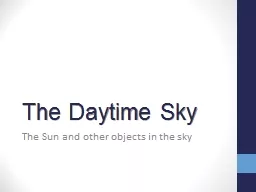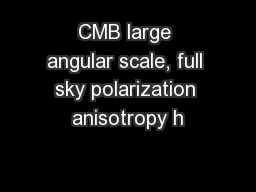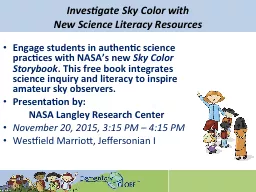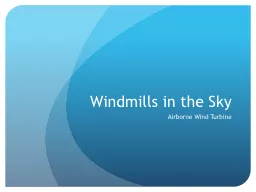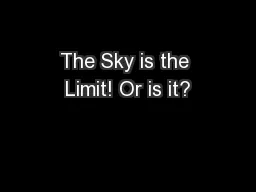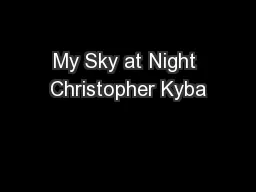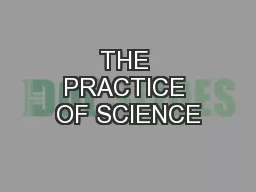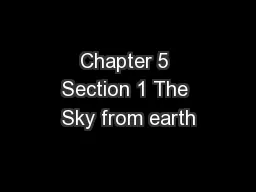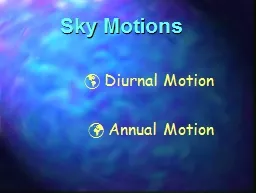PPT-Sky science Unit C 6.7.1
Author : luanne-stotts | Published Date : 2018-11-11
Recognize that the Sun and stars emit the light by which they are seen and that most other bodies in space including Earths Moon planets and their moons comets
Presentation Embed Code
Download Presentation
Download Presentation The PPT/PDF document "Sky science Unit C 6.7.1" is the property of its rightful owner. Permission is granted to download and print the materials on this website for personal, non-commercial use only, and to display it on your personal computer provided you do not modify the materials and that you retain all copyright notices contained in the materials. By downloading content from our website, you accept the terms of this agreement.
Sky science Unit C 6.7.1: Transcript
Download Rules Of Document
"Sky science Unit C 6.7.1"The content belongs to its owner. You may download and print it for personal use, without modification, and keep all copyright notices. By downloading, you agree to these terms.
Related Documents

